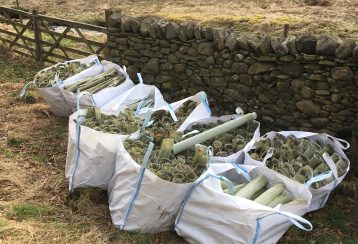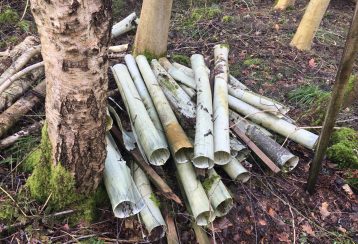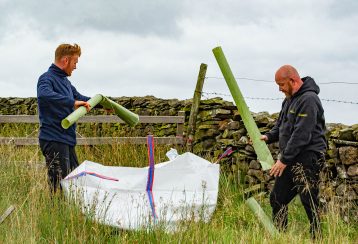After months of design and research, we are pleased to finally introduce Tubex Nature, our new generation of tree shelters designed to be biodegradable in nature*
Pre-order now – Available from October 2021!
Tubex Nature is our new range of tree shelters designed to be biodegradable and non-toxic*. Currently, in trial across the UK, Tubex Nature has been designed to be the most sustainable alternative solution for areas with dense woodland and difficult access where the collection & recycling of tree protection is difficult or not possible.
Tubex Nature is:
- Bio-Based & Biodegradable**
- High quality & fit for purpose
- Excellent tube light transmission
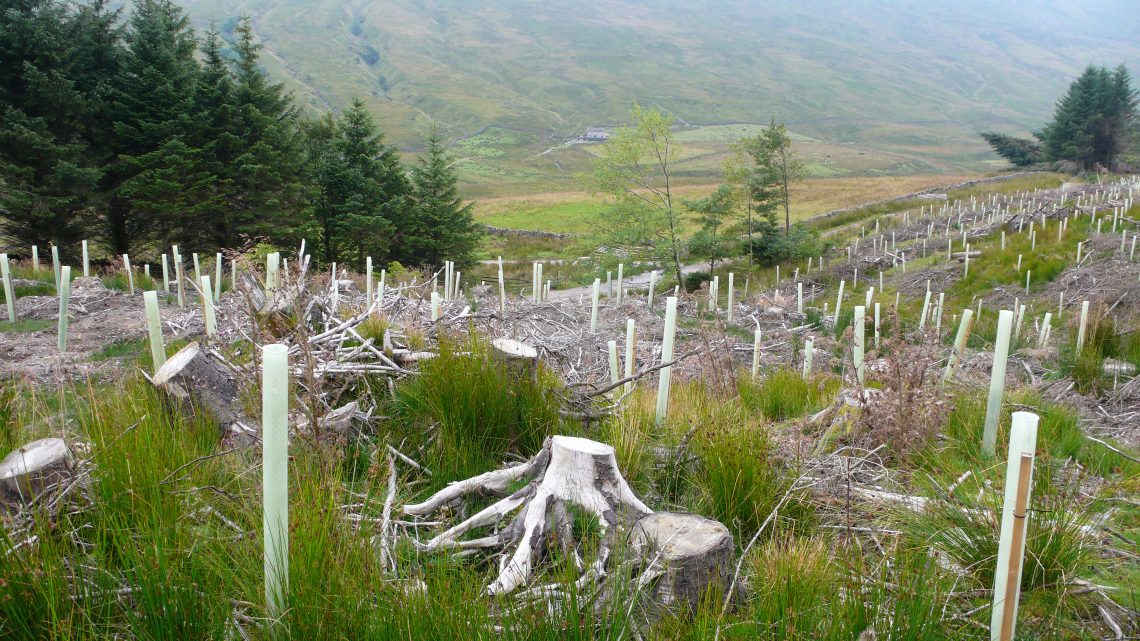
Advancing towards circularity
At Tubex, we continue to advance on our mission to protect our forests and promote growth, by improving our tree shelter solutions to fit each scenario. Tree shelters are invaluable for forestry management, offering many benefits to ensure young saplings are protected from animals, humans and other environmental factors that would otherwise stop the growth of a young tree. In 2019 it is estimated that tree shelters saved over 13 million saplings in the UK alone.
In 2019, tree shelters saved over 13 million saplings in the UK
However, we are aware that the main industry challenge remains to be the disposal of these tree shelters at the end of their life. That’s why we are moving away from a linear model based on the take-make-waste premise, and strive to move forward toward a circular model.
When it comes to tree protection, there’s no one-size-fits-all solution. That is why we are working on two different routes to help us close the loop.
- Biodegradability – Tubex Nature, is our innovative bio-based & biodegradable tree shelter for hard-to-reach areas that need it, where the collection is not practical.
- Collection & Recycling – Our Tubex Collection & Recycling Programme – now available across the UK – is a simple and effective solution to ensure the responsible disposal of Tubex tree shelters. It also helps us create a circular solution, by increasing the recycled content of our standard tree shelters from the current 30% to a full 100% recycled tree shelter.
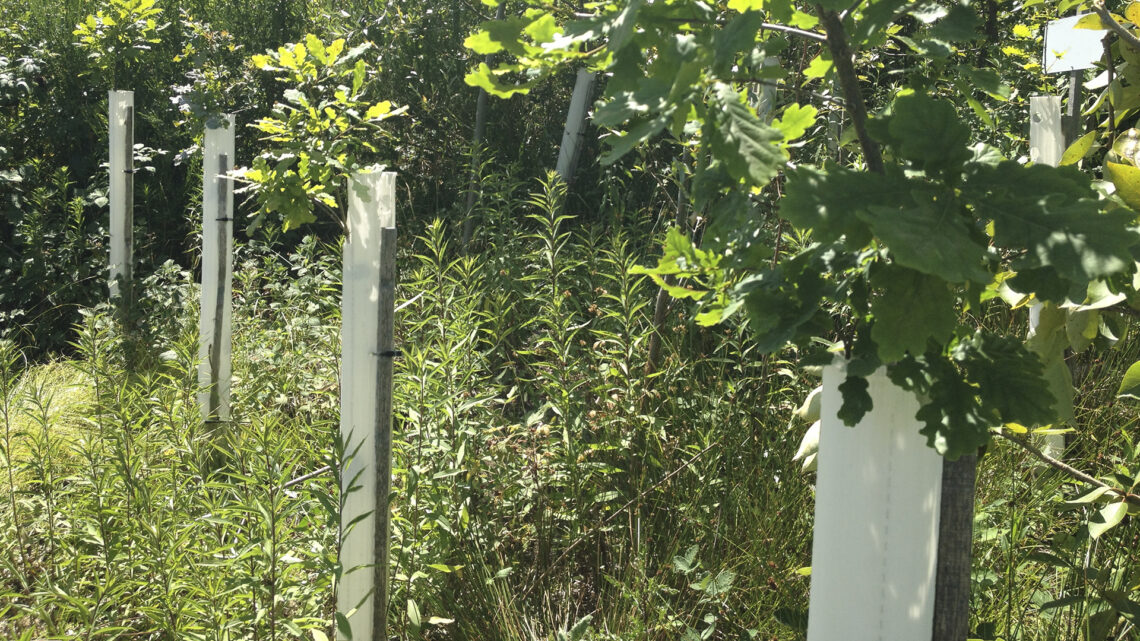
What is Tubex Nature made from?
The new Tubex Nature range is made from bio-based polymers. What does this mean? Bio-based polymers are materials wholly or partly derived from biomass, such as plants, waste or crops. But not all Bio-based polymers are biodegradable. All polymers used to manufacture Tubex Nature have already been tested to be biodegradable and bio-based
How does it work?
TUBEX Nature will over time start to degrade and break down into water and CO2 by a process of microbiology, rate and time period of bio-degradation will depend on soil and climatic conditions. Mulching or burying Tubex Nature at its end of life will significantly increase the rate of this process.
Some key information about Tubex Nature:
- Tree tube designed to be soil biodegradable & non-toxic*
- Expected life in the field of 3 to 5 years, depending on climatic conditions
- Excellent tube light transmission modelled on our original Tubex Standard tree shelter
- All raw materials certified for biodegradability**
- Finished Tubex Nature in full testing according to ISO:17556 for soil biodegradability*
- Protection against browsing animals
- Accelerates growth by creating a microclimate***
*Currently under testing for ISO:17556 Soil Biodegradability. Tested against OECD 207 for Earth-worm ecotoxicity and OECD 208 for Plant ecotoxicity - No acute toxicity detected **All components of TUBEX Nature have been tested and certified to biodegrade, passing the norm 14995:2006 ***Potter, M. J., Treeshelters, Forestry Commission Handbook 7 (Page 20-25)

